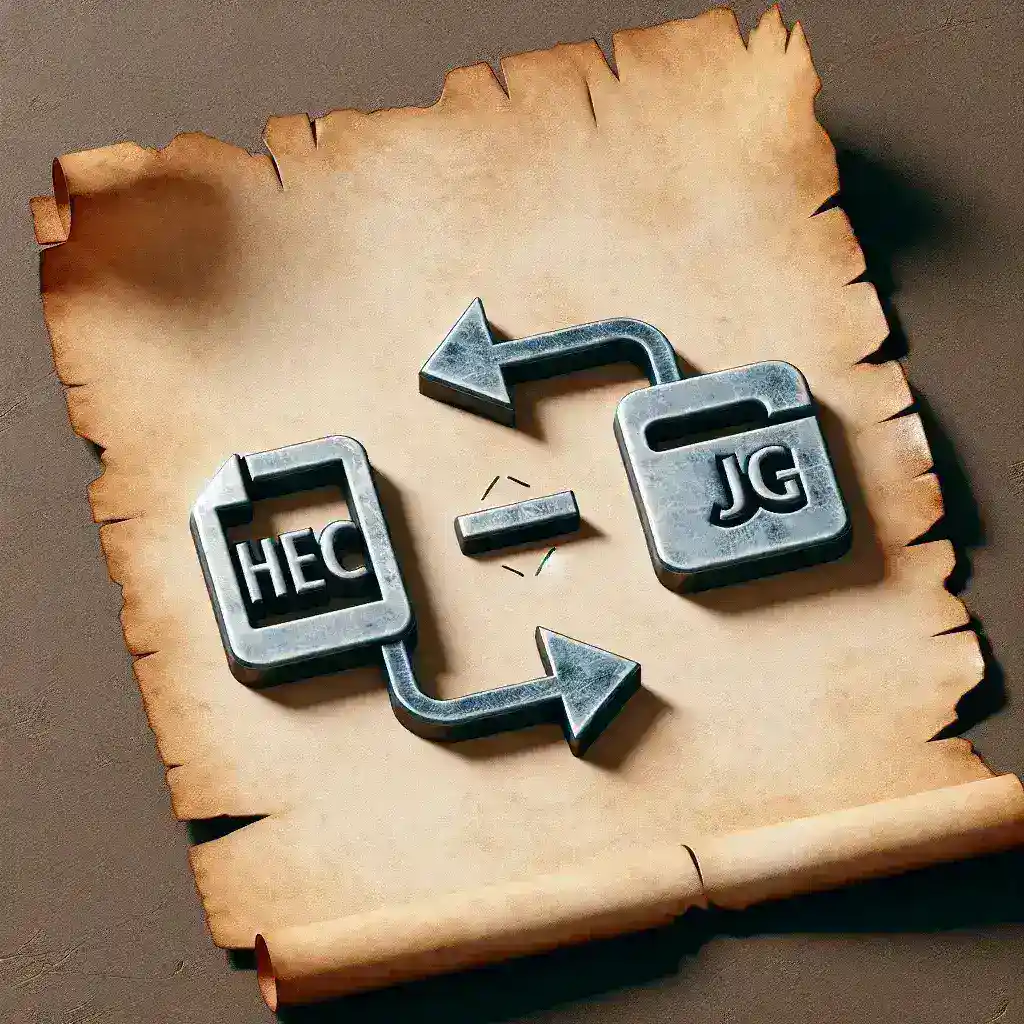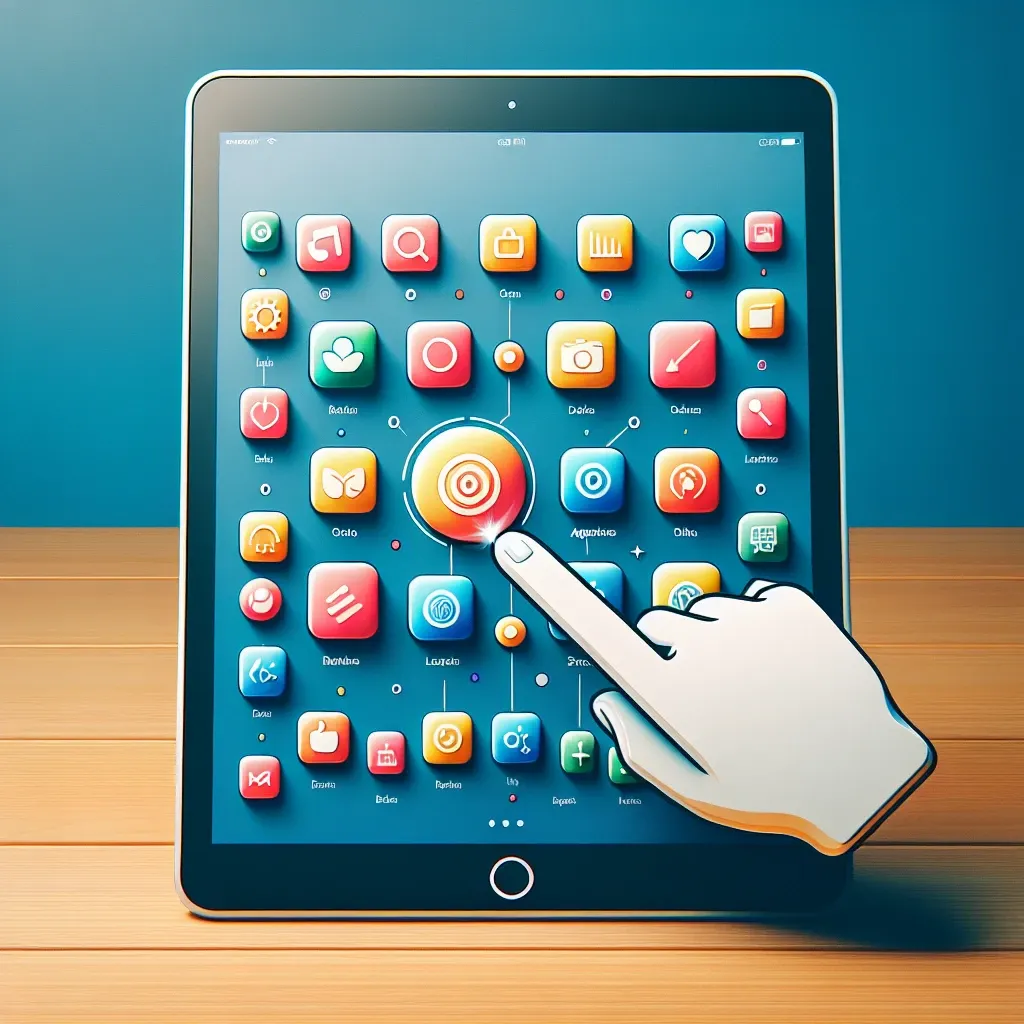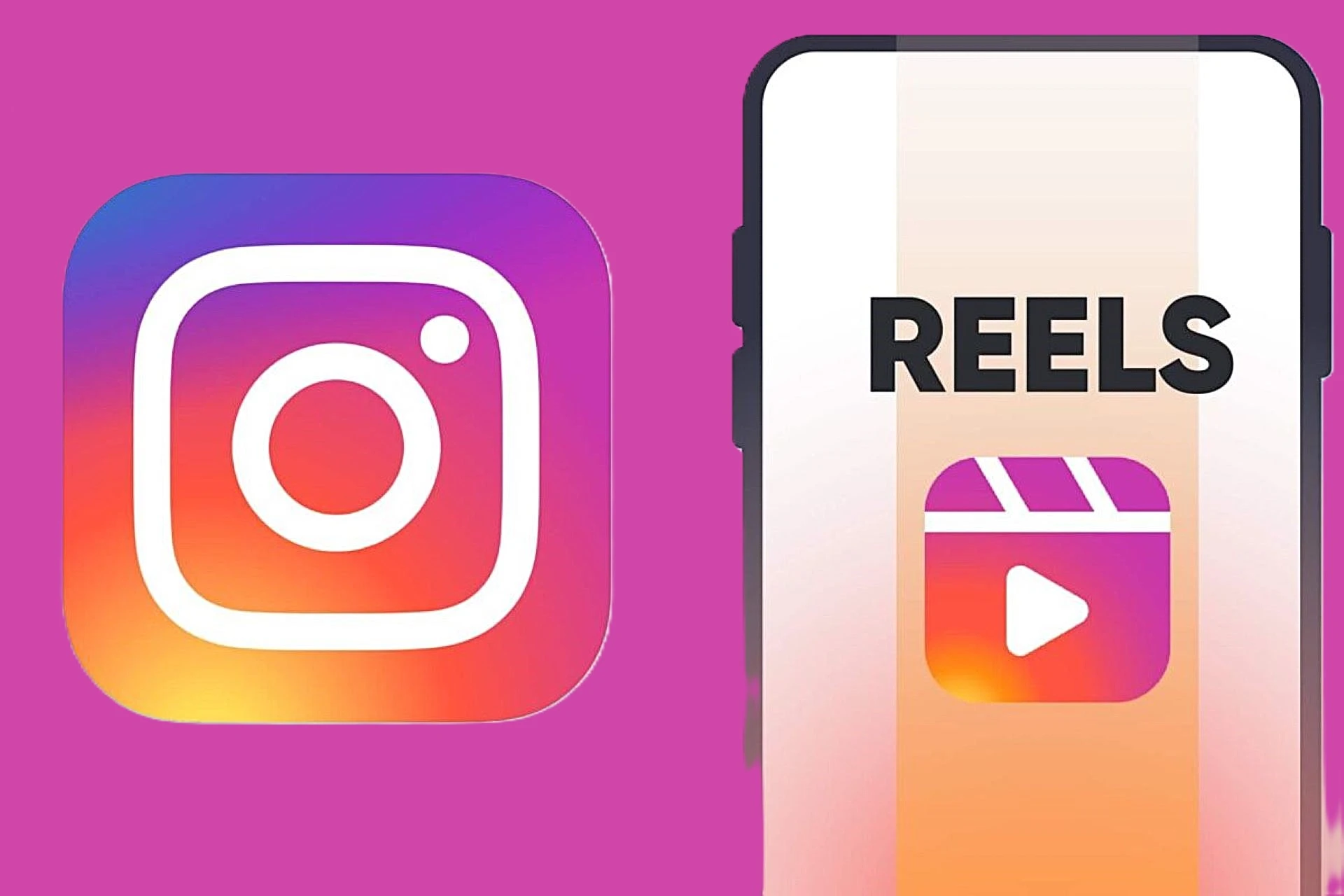Converting HEIC to JPG: Everything You Need to Know
In today’s digital world, image file formats can sometimes create unexpected challenges. If you’ve ever tried to share photos from your iPhone or iPad with non-Apple users, you might have encountered the frustrating “cannot open HEIC file” error. This modern problem requires a practical solution—converting HEIC to JPG format.
HEIC (High Efficiency Image Format) offers impressive compression while maintaining high image quality, but its limited compatibility across platforms makes JPG conversion essential for many users. This comprehensive guide will walk you through everything you need to know about transforming these Apple-specific images into universally accessible JPG files.
Whether you’re struggling with photo sharing, website uploads, or simply prefer the widespread compatibility of JPG files, this article provides the definitive resource for all your HEIC conversion needs. Let’s explore the most efficient methods to convert your images while preserving their quality.
Understanding HEIC and JPG Formats
Before diving into conversion methods, it’s important to understand what these file formats actually are and why converting between them might be necessary.
What is HEIC Format?
HEIC (High Efficiency Image Container) is Apple’s implementation of the HEIF (High Efficiency Image Format) standard. Introduced with iOS 11 in 2017, this format offers several advantages:
- Approximately 50% smaller file sizes compared to JPG while maintaining similar quality
- Support for 16-bit color depth (versus JPG’s 8-bit)
- Better transparency support than JPG
- Ability to store multiple images in a single file (useful for Live Photos)
- Support for image sequences and animations
Despite these benefits, HEIC’s primary drawback is compatibility. Many non-Apple platforms, older software, and websites don’t support this relatively new format, creating frustrating barriers when sharing or using these images.
What is JPG Format?
JPG (or JPEG, Joint Photographic Experts Group) remains one of the most universally compatible image formats available. Its key characteristics include:
- Nearly universal compatibility across devices, operating systems, and applications
- Reasonable compression with acceptable quality for most purposes
- Standardized format supported by virtually all image editing software
- Ideal for photographs and complex images with gradients
- Decades of established use and support
While JPG doesn’t offer the same level of compression efficiency or feature set as HEIC, its widespread acceptance makes it the go-to format when sharing images across different platforms.
Why Convert HEIC to JPG?
There are several compelling reasons to convert HEIC files to JPG format:
Compatibility Issues
The most common reason for conversion is simple compatibility. Many websites, applications, and devices—particularly those running Windows or Android—may not natively support HEIC files. Converting to JPG ensures your images can be viewed anywhere without specialized software.
Professional Requirements
Many professional services—from printing services to website builders—specifically require JPG files for uploads. If you’re submitting photos for printing, social media marketing, or website content, JPG format is often mandatory.
Editing Software Limitations
While professional image editing software has increasingly added HEIC support, many popular applications and online editors still work exclusively or more efficiently with JPG files. Converting allows you to use your preferred editing tools.
Archiving Considerations
For long-term image archiving, many experts recommend using formats with widespread, established support. While HEIC offers better compression, JPG’s ubiquity makes it a safer choice for ensuring your images remain accessible years into the future.
Now that we understand why conversion might be necessary, let’s explore the various methods to convert HEIC to JPG across different devices and platforms.
Online HEIC to JPG Conversion Tools
Online converters offer the quickest solution when you need to transform HEIC files to JPG without installing software. These web-based tools work across operating systems and require nothing more than a browser. Here are some of the most reliable online options:
HEICtoJPG.com – Specialized Conversion Service
HEICtoJPG.com stands out as one of the simplest and most effective online converters available. This specialized service focuses exclusively on converting HEIC images to JPG format, delivering excellent results with minimal complexity.
The service allows you to upload multiple HEIC files simultaneously (up to 50 in one batch) and doesn’t require registration or payment for basic conversions. The conversion process is remarkably straightforward:
- Visit the website
- Drag and drop your HEIC files onto the upload area (or click to browse)
- Wait a few seconds for processing
- Download your converted JPG files individually or as a ZIP package
The service maintains good image quality during conversion and offers a clean, advertisement-light interface that makes the process painless. Privacy-conscious users will appreciate that files are automatically deleted from their servers after conversion, though as with any online service, sensitive images should be handled with appropriate caution.
Other Notable Online Converters
Several other reputable online services offer HEIC to JPG conversion with varying features:
- CloudConvert CloudConvert – A versatile conversion platform that handles numerous file formats beyond just images
- Convertio – Offers conversion to multiple formats beyond just JPG
- AnyConv – Simple interface with good conversion quality
- HEIC.online – Specialized in HEIC conversions with batch processing
While online converters offer convenience, they do have limitations. Most restrict the number of files or total file size you can convert without paying, and uploading very large files may be time-consuming depending on your internet connection. For users with privacy concerns or those needing to convert large numbers of images, desktop solutions might be preferable.
Converting HEIC to JPG on Mac
Mac users have several built-in options for converting HEIC files to JPG without requiring third-party software. Here are the most straightforward methods:
Using Preview App
The Preview app, included with every Mac, offers perhaps the simplest conversion method:
- Open your HEIC image in Preview (usually the default app for images)
- Click on “File” in the menu bar
- Select “Export…”
- From the “Format” dropdown menu, select “JPEG”
- Adjust the quality slider if desired
- Choose your save location and click “Save”
This method works well for converting files individually but becomes tedious for multiple images.
Using Photos App
The Photos app provides another native option for Mac users:
- Import your HEIC images into Photos if they aren’t already there
- Select the photos you want to convert
- Click on “File” in the menu bar
- Select “Export” and then “Export Photos…”
- Choose “JPEG” as the format
- Select your preferred quality setting
- Click “Export” and choose a destination folder
This method works well for batch conversions of multiple files simultaneously.
Using Automator for Batch Conversion
For power users needing to convert large numbers of files, Automator provides an elegant solution:
- Open Automator from your Applications folder
- Select “Quick Action” when prompted for document type
- Set “Workflow receives current” to “image files” in “Finder”
- Search for “Copy Finder Items” in the actions library and drag it to your workflow
- Choose a destination folder for your converted images
- Search for “Change Type of Images” and add it to your workflow
- Set the format to “JPEG”
- Save your workflow with a name like “Convert to JPG”
Once saved, you can right-click on any HEIC file(s) in Finder, select “Quick Actions,” and choose your “Convert to JPG” workflow to instantly convert them.
Converting HEIC to JPG on Windows
Windows doesn’t natively support HEIC files without additional components, but several solutions exist for Windows users needing to convert these images.
Using Microsoft’s HEIF Image Extensions
Microsoft offers HEIF Image Extensions in the Microsoft Store that add support for viewing HEIC files. Once installed, you can use the Photos app for basic conversion:
- Install “HEIF Image Extensions” from the Microsoft Store
- Open your HEIC file with Photos app
- Click the three dots in the top right corner
- Select “Save as”
- Choose “JPEG” from the “Save as type” dropdown
- Select your save location and click “Save”
This method works for individual files but isn’t ideal for batch processing.
Using File Explorer
After installing the HEIF Image Extensions, you can also use File Explorer for simple conversions:
- Select your HEIC file(s) in File Explorer
- Right-click and select “Copy”
- Navigate to your destination folder
- Right-click and select “Paste as JPEG”
This method offers a quick way to convert multiple files at once.
Using Third-Party Windows Software
Several free and paid applications offer more robust HEIC conversion on Windows:
- CopyTrans HEIC for Windows – Free utility that adds HEIC support to Windows and allows right-click conversion to JPG
- iMazing HEIC Converter – Free batch converter with quality control options
- ImageConverter Plus – Paid software with extensive batch processing capabilities
- XnConvert – Free cross-platform batch image processor with extensive options
These applications typically offer more features than native Windows tools, including batch processing, quality adjustment, and metadata preservation.
Converting HEIC to JPG on iPhone and iPad
Since iPhones and iPads are the primary devices creating HEIC files, it makes sense to start the conversion process right on these devices. Here are several approaches:
Changing Camera Settings to Shoot in JPG
The most proactive approach is to configure your device to capture images in JPG format initially:
- Open the “Settings” app
- Scroll down and tap on “Camera”
- Select “Formats”
- Choose “Most Compatible” instead of “High Efficiency”
This setting will make your iPhone or iPad capture photos directly in JPG format, eliminating the need for conversion. However, you’ll lose the storage benefits of HEIC compression.
Using the Files App
For existing HEIC images, the Files app offers a simple conversion method:
- Open the Files app
- Navigate to your HEIC image
- Long-press on the file and select “Share”
- Scroll down and tap on “Save as JPEG”
- Choose where to save the converted file
This approach works well for individual files but becomes cumbersome for multiple images.
Using the Photos App
The Photos app provides another native conversion option:
- Select the HEIC photo(s) you want to convert
- Tap the share icon (square with upward arrow)
- Scroll through the sharing options and select “Copy Photo”
- Open an app that only accepts JPG (like Notes)
- Paste the image (it automatically converts to JPG)
- Save the converted image back to your Photos library
Alternatively, you can email the photos to yourself, which typically converts them to JPG during the process.
Using iOS Shortcuts
For more efficient conversion, create a custom Shortcut:
- Open the Shortcuts app
- Tap the “+” to create a new shortcut
- Add the “Select Photos” action
- Add the “Convert Image” action and set format to “JPEG”
- Add the “Save to Photo Album” action
- Name your shortcut “Convert to JPG” and save
Once created, you can run this shortcut anytime to quickly convert multiple HEIC images to JPG format.
Using Third-Party iOS Apps
Several apps in the App Store specialize in image conversion:
- Image Converter – Simple interface for batch conversions
- HEIC Converter – Specialized for HEIC to JPG conversion
- PhotoConverter – Offers various format conversions with quality settings
These apps typically offer more features than built-in methods, including batch conversion and quality adjustment.
Converting HEIC to JPG on Android
While Android devices don’t create HEIC files by default, you might receive them from iPhone users. Here’s how to convert them on Android:
Using Google Photos
Google Photos typically handles HEIC files automatically:
- Open the HEIC image in Google Photos
- Tap the three-dot menu
- Select “Export” or “Save as”
- The exported image will be in JPG format
Using Third-Party Android Apps
Several specialized apps handle HEIC conversion on Android:
- HEIC to JPEG Converter – Simple, focused conversion app
- File Converter – Handles multiple file types including HEIC
- Photo Converter – Offers batch conversion with quality settings
These apps typically offer a straightforward interface for selecting and converting HEIC files stored on your Android device.
Command Line HEIC to JPG Conversion
For technical users, command-line tools offer powerful batch conversion capabilities:
Using ImageMagick
ImageMagick is a powerful cross-platform command-line tool:
On macOS/Linux:
# Install via Homebrew on macOS
brew install imagemagick
# Convert a single file
magick convert image.heic image.jpg
# Convert all HEIC files in a directory
for file in *.heic; do magick convert "$file" "${file%.heic}.jpg"; done
On Windows:
# Convert a single file magick convert image.heic image.jpg # Convert all HEIC files in a directory for %f in (*.heic) do magick convert "%f" "%~nf.jpg"
Using libheif
libheif is another powerful command-line tool:
# Install on macOS brew install libheif # Convert a file heif-convert image.heic image.jpg
These command-line tools are particularly useful for automating the conversion of large numbers of files or integrating conversion into scripts and workflows.
Maintaining Image Quality During Conversion
One common concern when converting from HEIC to JPG is potential quality loss. Here are tips for preserving image quality:
Understanding Quality Settings
JPG is a lossy format, meaning it discards some image data during compression. Most conversion tools offer quality settings (typically 0-100%):
- 90-100%: Minimal visible quality loss, larger file sizes
- 70-85%: Good balance between quality and file size for most purposes
- Below 70%: Increasingly noticeable quality degradation
For important photos, use higher quality settings (85% or above) to minimize visible differences.
Comparing File Sizes
When converting from HEIC to JPG, expect larger file sizes even at equivalent quality levels. This is because HEIC’s superior compression algorithm is the format’s primary advantage. A typical conversion might result in:
- Original HEIC: 2MB
- High-quality JPG (90%): 4-5MB
- Medium-quality JPG (75%): 2-3MB
Choose quality settings based on your specific needs—higher for important photos or printing, lower for web sharing or storage constraints.
Preserving Metadata
Photos contain important metadata (EXIF data) including camera settings, date/time, and sometimes location information. Not all conversion methods preserve this data. If metadata is important to you:
- Use dedicated conversion software rather than web services
- Check if your chosen tool has options to preserve metadata
- Consider tools like ExifTool to separately manage metadata if needed
Professional photographers should be particularly careful about metadata preservation during format conversion.
Troubleshooting Common HEIC Conversion Issues
Even with the right tools, you might encounter challenges when converting HEIC files. Here are solutions to common problems:
Conversion Fails or Results in Blank Images
If your conversion attempts result in errors or empty files:
- Verify the original HEIC file isn’t corrupted by opening it on an Apple device
- Ensure you have the latest version of your conversion software
- Try a different conversion method or tool
- For Windows users, confirm you’ve installed the HEIF Image Extensions
Loss of Image Quality
If converted images show noticeable quality degradation:
- Increase the quality setting in your conversion tool (aim for 85-100%)
- Try a different conversion application that might handle the process better
- Consider if the quality loss is actually from viewing at different zoom levels
Incorrect Colors or Brightness
Sometimes converted images may appear with different colors or brightness levels:
- Check if your conversion tool supports color profile preservation
- Look for options to maintain ICC profiles during conversion
- Try professional-grade conversion software with color management features
Missing Metadata
If important photo information disappears during conversion:
- Use tools specifically designed to preserve metadata
- Look for “preserve EXIF data” options in your conversion software
- Consider extracting metadata before conversion and reapplying it afterward
Best Practices for Managing HEIC and JPG Files
Beyond simple conversion, implementing good file management practices can save time and prevent frustration:
Organized Storage Strategy
Develop a consistent approach to organizing your image files:
- Consider keeping original HEIC files in an archive folder for maximum quality
- Store converted JPG files in separate folders organized by purpose (sharing, web use, printing)
- Use descriptive folder names that indicate both format and content
Automated Workflows
For users who frequently convert images, creating automated workflows saves time:
- Mac users can create Automator workflows or folder actions
- Windows users can use batch scripts or specialized software
- Consider cloud storage services that automatically convert HEIC files
Backup Considerations
When backing up photos, consider format implications:
- Store original HEIC files in primary backups for maximum quality
- Include converted JPG versions in backups shared with non-Apple users
- Document your conversion settings for consistency over time
Conclusion: Choosing the Right HEIC to JPG Conversion Approach
Converting HEIC to JPG doesn’t have to be complicated. By understanding the options available for your specific device and needs, you can quickly transform your images into a universally compatible format while maintaining appropriate quality.
For occasional conversion needs, online tools like HEICtoJPG.com offer the simplest solution, requiring no software installation. For frequent conversions, dedicated software or built-in tools on your specific device will provide more efficient workflows.
Remember that while JPG files offer superior compatibility, they typically require more storage space than their HEIC counterparts. When storage space is at a premium, consider converting only those images you need to share or use across different platforms.
With the methods outlined in this guide, you now have all the knowledge needed to handle HEIC files effectively, ensuring your important photos are accessible whenever and wherever you need them, regardless of the device or platform you’re using.
Whether you’re a professional photographer managing client deliverables, a social media enthusiast sharing memories, or simply someone trying to view iPhone photos on a Windows computer, mastering HEIC to JPG conversion is a valuable skill in today’s cross-platform digital world.





